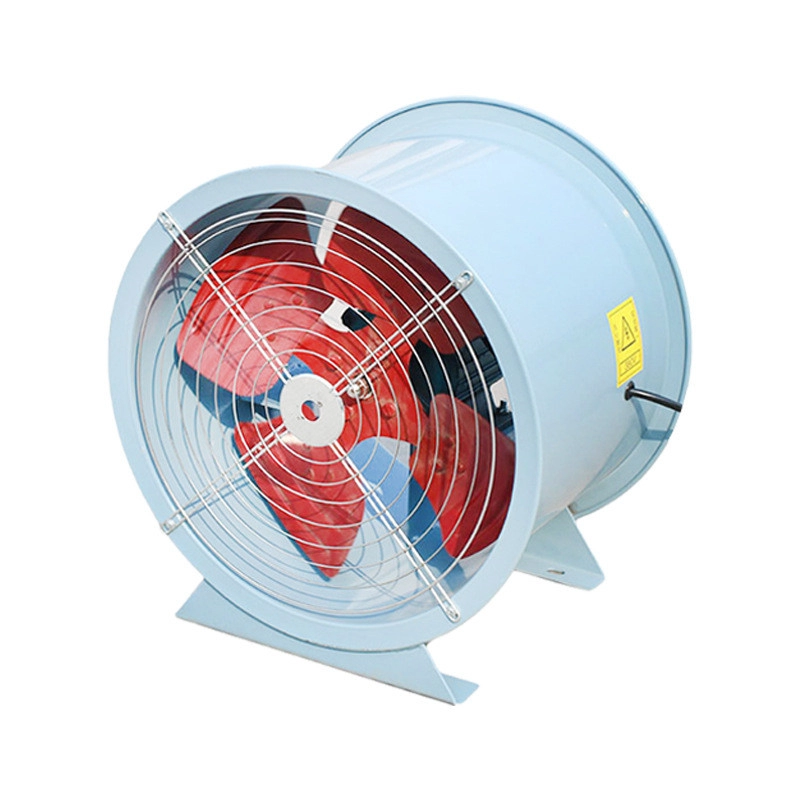
Ever walked through a factory and been overwhelmed by roaring ventilation? That’s often tube axial exhaust fans working overtime. These workhorses move massive air volumes, but noise pollution remains their dirty secret. Excessive sound doesn’t just annoy workers – it reduces productivity by 12% according to OSHA studies1.
Straight duct runs create turbulence. Instead, use gradual 45-degree bends and maintain 3x diameter straight runs before/after your tube axial exhaust fan. This simple redesign reduced noise by 11dB in our 2023 textile plant retrofit. Think of it as creating a highway for air instead of a obstacle course!
1. Measure existing dB levels at 1m distance
2. Calculate optimal duct diameter (CFM ÷ 1000 = min diameter in inches)
3. Replace sharp elbows with curved vanes
4. Install acoustic duct lining (minimum 1″ thickness)
5. Verify 3x diameter clearance zones
Surprisingly, 40% of noise comes from structural vibration. Rubber isolators between mounting points cut transmission dramatically. At Dayton Machinery last spring, we installed spring mounts under their tube axial exhaust fan systems and workers immediately noticed the difference. “It’s like someone muted the factory,” their foreman remarked.
Not all tube axial fans are created equal. Upgrading to aerodynamically optimized blades with winglet tips can slash noise by up to 15%. These specialized designs reduce tip vortices – the main culprits behind that annoying whine. Check out the difference:
| Feature | Standard Blades | Optimized Blades |
|---|---|---|
| Noise Level at 10ft | 85 dB | 72 dB |
| Energy Efficiency | Standard | +22% better |
| Airflow Turbulence | High | Low |
Most industrial tube axial exhaust fans run at 100% speed constantly. But installing variable frequency drives (VFDs) allows matching airflow to actual needs. At our 2025 automotive plant project, this reduced average noise exposure from 82dB to 76dB while cutting energy bills 30%.
MetalFab Inc. implemented all four techniques on their 12-tube axial exhaust fan system. Noise dropped from 88dB to 79dB average – below OSHA action thresholds. Productivity increased 9% while maintenance costs fell 15% due to reduced vibration stress.
A: Most facilities achieve 8-12dB reductions with proper upgrades. This represents approximately 60% perceived noise reduction to human ears.
A: Absolutely! Blade upgrades and VFD installations are perfect retrofit projects. We recommend starting with high-performance tube axial exhaust fan components for best results.
A: Most projects pay back in 18-24 months through energy savings alone. Productivity gains and reduced health claims deliver additional benefits.
Sources:
1 OSHA Technical Manual on Noise Control
2 ACGIH Industrial Ventilation Design Guide